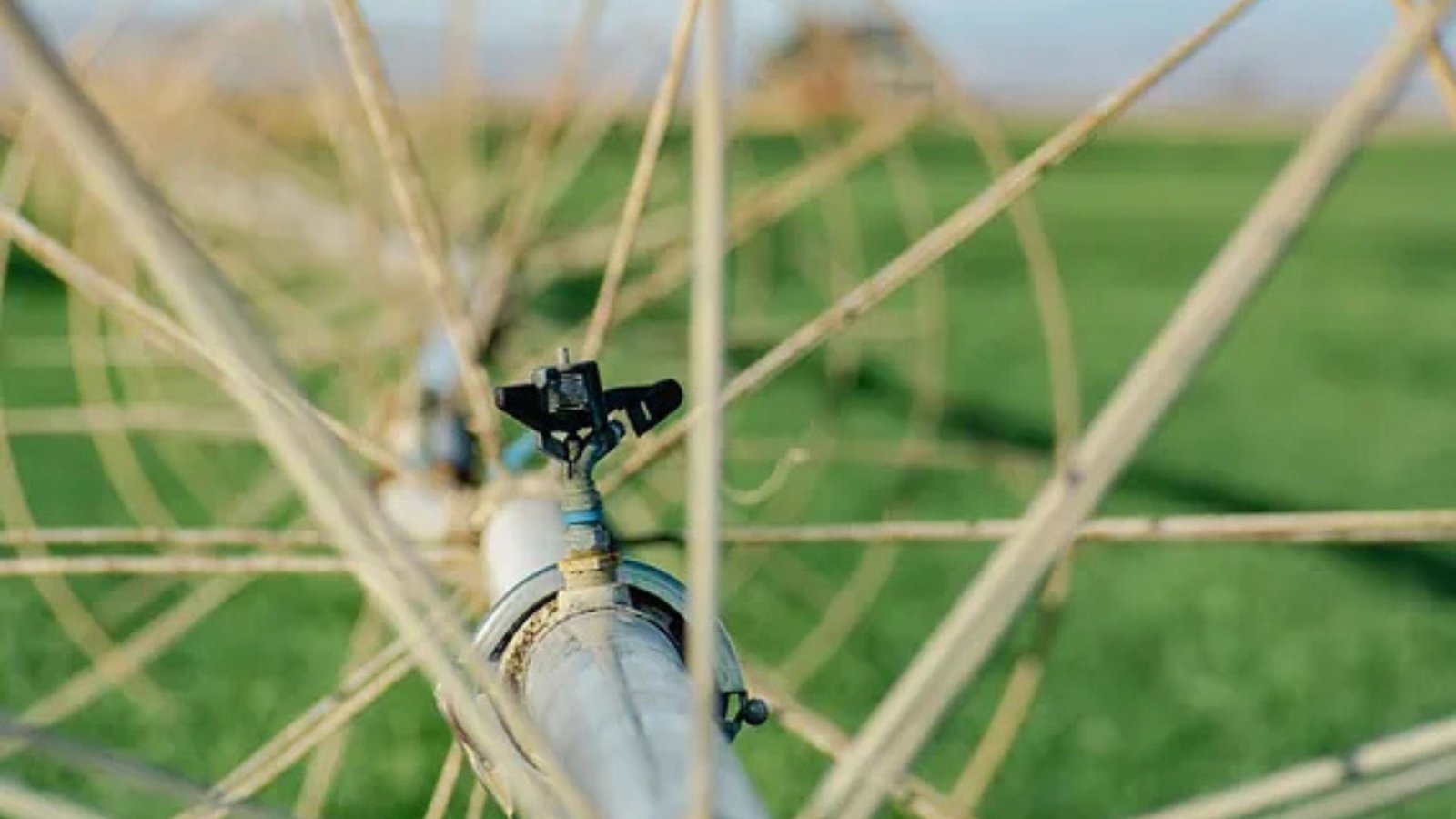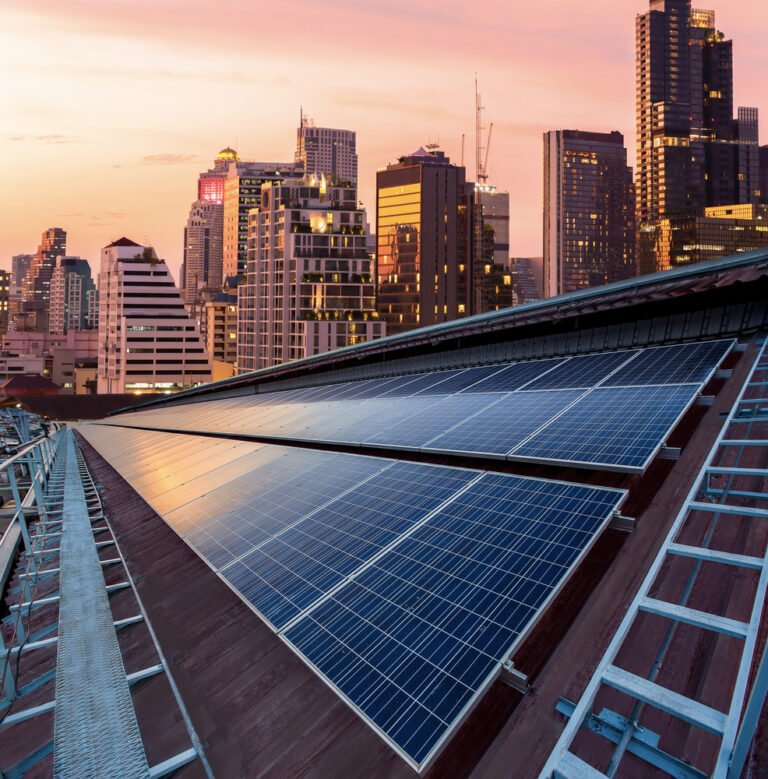Knowing how to calculate water needs for irrigation is essential for effective farming and water conservation. Every crop has specific water requirements, and these vary depending on factors like soil type, climate, and growth stage. By calculating irrigation needs correctly, you can ensure your plants thrive while avoiding waste. Here’s a detailed guide to help you understand this process.
Understand Crop Water Requirements
The first step in calculating water needs for irrigation is to understand the specific requirements of your crops. Different plants require different amounts of water. For example, leafy vegetables like lettuce need more frequent watering than drought-tolerant crops like sorghum. Research your crop’s water requirements and adjust your irrigation plan to match these needs.

Evaluate Local Climate Conditions
Climate plays a significant role in determining how much water your crops will need. Hot and dry climates lead to higher water evaporation rates, requiring more irrigation. Conversely, cooler or rainy regions may require less water. Consider the average rainfall in your area and the temperature patterns when planning your irrigation schedule.
Measure the Field Area
Accurate measurements of your field are crucial for calculating water needs for irrigation. Larger fields will obviously require more water than smaller plots. Knowing the size of the field helps you calculate the total water volume needed for effective irrigation.
Determine Soil Type
Soil type affects how water is absorbed and retained. Sandy soils drain water quickly, meaning you’ll need to irrigate more often but in smaller amounts. Clay soils retain water for longer periods but are prone to waterlogging. Loamy soils strike a balance, making them ideal for most crops. Test your soil and account for its properties in your irrigation calculations.
Consider Crop Growth Stages
Water needs change as crops grow. For instance, seedlings require less water than mature plants. During flowering or fruiting stages, crops often need more water. Adjust your irrigation practices to cater to these changing needs, ensuring optimal growth and productivity.
Calculate Evapotranspiration Rates
Evapotranspiration (ET) is the sum of water lost through evaporation from the soil and transpiration from plants. Calculating the ET rate helps you understand how much water your crops are losing to the atmosphere. Use local weather data or an ET calculator to estimate this rate and adjust your irrigation accordingly.
Account for Irrigation System Efficiency
Different irrigation systems have varying efficiency levels. Drip irrigation systems, for example, are highly efficient, delivering water directly to the plant roots. Sprinkler systems are less efficient due to evaporation and wind drift. Factor in your system’s efficiency to ensure you’re delivering the right amount of water to your crops.
Monitor Soil Moisture Levels
Using tools like soil moisture sensors can help you track how much water is available in the soil. This data ensures you don’t overwater or underwater your crops. Regular monitoring helps maintain the perfect balance of soil moisture for healthy plant growth.
Adjust for Seasonal Changes
Water needs are not static; they change with the seasons. During summer, higher temperatures and longer days increase the need for irrigation. In contrast, crops require less water during cooler months. Keep an eye on seasonal variations to adjust your calculations and irrigation schedule.
Use Technology for Precision
Technology can make calculating water needs for irrigation easier and more accurate. Smart irrigation controllers, weather-based watering systems, and mobile apps provide valuable data to optimize your irrigation practices. These tools help you save water while ensuring your crops receive the hydration they need.
Conclusion
Learning how to calculate water needs for irrigation is vital for sustainable farming and gardening. By considering crop requirements, climate, soil type, and growth stages, you can tailor your irrigation plan to maximize efficiency. Regular monitoring and adjustments ensure your crops thrive without wasting water. Implement these strategies to keep your irrigation system effective and environmentally friendly.




